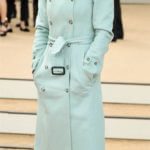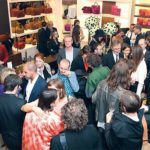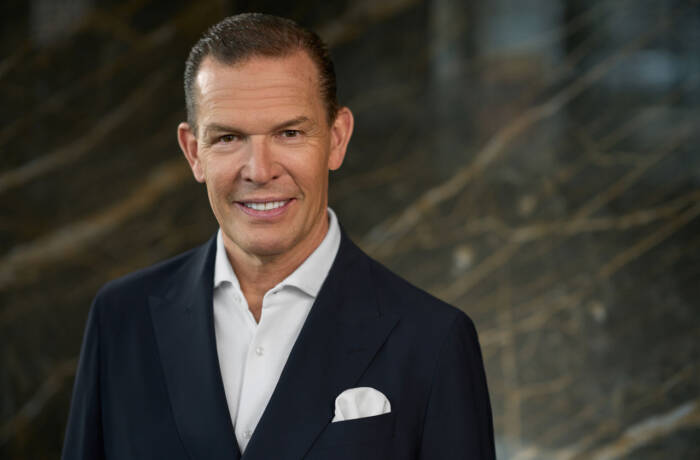- Backstage Action – The hive of activity backstage at the Burberry Prorsum SS14 womenswear show
- The hot British brand shows in Hyde Park, very convenient for the post-show-cocktail at the Blue Bar
- Serena Williams attends the Burberry Prorsum Menswear SS14 show
- Artistic Director at Condé Nast and Editor-in-Chief of American Vogue, Anna Wintour
- Longchamp’s louche, vibey store opening was the talk of the town
- Sir Mick Jagger and his wife, designer L’Wren Scott, at the Longchamp party
- Pixie Geldof and Vogue cover girl Alexa Chung
London Fashion Week is an increasingly unmissable item on the global style calendar. With the help of Tom Ford and friends, DARIUS SANAI celebrates its unstoppable rise
For decades, it was a curious anomaly. London, the creative hub of the globe, the capital of the country that gave the world Alexander McQueen, Dizzee Rascal, The Clash, Damien Hirst, Jonathan Ive, Michael Caine, Vivienne Westwood, Anna Wintour, The Beatles, Corinne Day and Jessie J, had no fashion industry to speak of.
There were plenty of brilliant designers – who, like McQueen, were snapped up by big houses from Paris or Milan or New York, because that’s where the industry and the money was, and where the shows were. London was somewhere you went when the fashion shows were over.
Wander through the shows and the parties at London Fashion Week this February and you would be forgiven for wondering if London, not Paris or Milan, is now the engine of the global fashion industry. The shows – scattered around the centre of a city so bursting with creativity that Fashion Week is always just one of lots of things going on simultaneously – have an energy, panache and confidence that looks sharply to the future. Parties are not just attended by the requisite beautiful, glamorous and wealthy, and the nowmandatory celebs (from A to G list, depending on the party) but by an–everrotating phalanx of creative types who make their own fashion, sometimes literally. London has the buzz: Paris, immediately afterwards last September, felt a little sedate by comparison.
The numbers don’t lie and despite the tide of brands showing in London, Paris and Milan are still the fashion industry powerhouses: London is still dwarfed in terms of its commercial clout. But for creative buzz allied with a rising commercial significance, London, once ignored, is now a destination.
What catalysed the change? Alexandra Shulman, Editor-in-Chief of Vogue in the UK, tells me, “London Fashion Week is an example of how successful something can become when you can combine great talent with first rate organisation and support. British designers are currently playing a major part in the international fashion world and the collections they are showing are both inspiring and successful on a commercial level.”
Meanwhile Tom Ford, the thinking man’s style guru, and a designer who made significant waves when he decided to show in London, says, “I am so happy to be showing my menswear and womenswear collections in London. It is one of the most influential cities in the world for fashion. The design schools are exceptional, and the street style and youth culture have started some of the most important global trends ever. My design studio is based in the UK and I am pleased to help support the British fashion industry.”
But you don’t need to take their word for it: just wear it instead. London doesn’t have a constricting style; Erdem, Simone Rocha, Nicholas Kirkwood, Burberry or Tom Ford? All of them? Or get a ticket to a show or a party: at the last LFW in September, I bumped into Erin O’Connor, Poppy Delevingne, Roland Mouret, Antonio Berardi and Philip Treacy at the Claridge’s ‘preparty’, amid a buzz of anticipation rarely seen anywhere else in the world. Meanwhile at the Browns Focus party the next day, where the high-octane mood was fuelled by high-octane tequila cocktails, the guests were not famous, just brilliantly and creatively put together, a perfect walking, dancing uber-street-style Instagram. A hop and a skip away at Longchamp’s dazzling opening party, Kate Moss, Georgia May Jagger, Lily Cole, Mick Jagger and Otis Ferry created a kind of pop-up Studio 54 on Regent Street.
London has always known how to party. Now, everyone’s paying attention.















